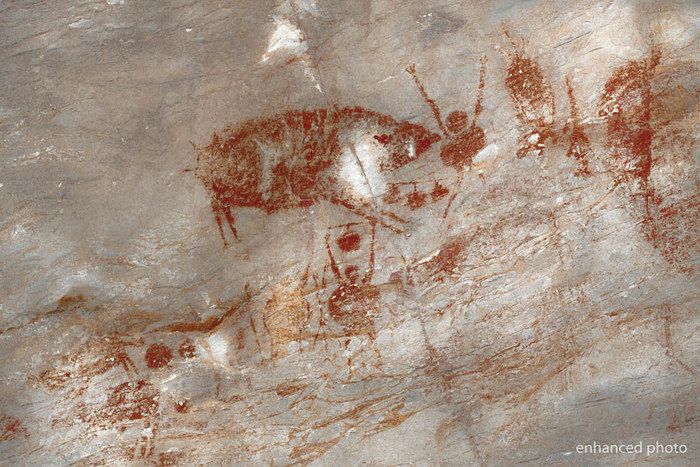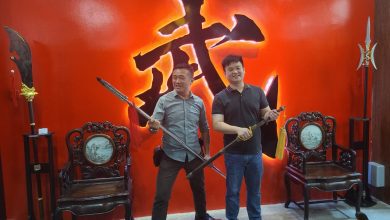Interpreting Tambun Rock Art: A Local Dialogue


The stunning red-paintings of Tambun, which is better known as Tambun Rock Art, is given due care and attention lately, following the commencement of “Embracing Tambun Rock Art” heritage workshop at Gua Tambun earlier this month.
Two series of heritage workshops at Gua Tambun were greatly cheered on by approximately 80 participants, who gathered together to be inspired, engaged and get immersed into the heart of ancient Tambun Man. These workshops not only introduced the participants (particularly fellow Ipohites) to the essence of ancient Tambun life but also provided an excellent opportunity for a local dialogue that shed new light into the future interpretation and conservation of Tambun Rock Art.
“I love such a dialogue, it allows me to understand the past interpretation of these paintings and at the same time, we (participants) get to provide an alternative way of establishing new cultural meaning for Tambun Rock Art and that means a lot to the locals”, said Erica Yen, 23.
There are a total of 11 panels of rock art found scattered across the cave wall of Gua Tambun. The majority of these panels demonstrate the hunting-gathering activities of early Tambun Man. Interestingly enough, many of the participants have ascribed different meanings to these paintings, some corresponding to the old interpretations, but some interpretations were totally new and intriguing. In this article, I would like to start with the “hunting-scene” panel, discussing the old interpretation and draw attention to how contemporary Ipoh derives meanings from these paintings.
This panel (pic) is the highest panel in Gua Tambun and previously identified as a typical hunting scene – a giant “wild boar” surrounded by three men with upraised hands, with one holding a “pot” or “fruit”. However, the dialogue with local Ipohites urged a need to rethink the old interpretation – some suggested that these “men” appear to be more like Orangutan, given that the limbs are not proportional to the human body size; some suggested that the so-called “pot” or “fruits” could be “bells” and the whole panel shows that hunters were using bells and hands to direct the animal (maybe) towards an enclosure.
So, what do you think?
If these paintings show different meanings or tell a different story from your point of view, please feel free to share us your thoughts by dropping us an email at tambunrockart@gmail.com
Hsiao-Mei Goh


